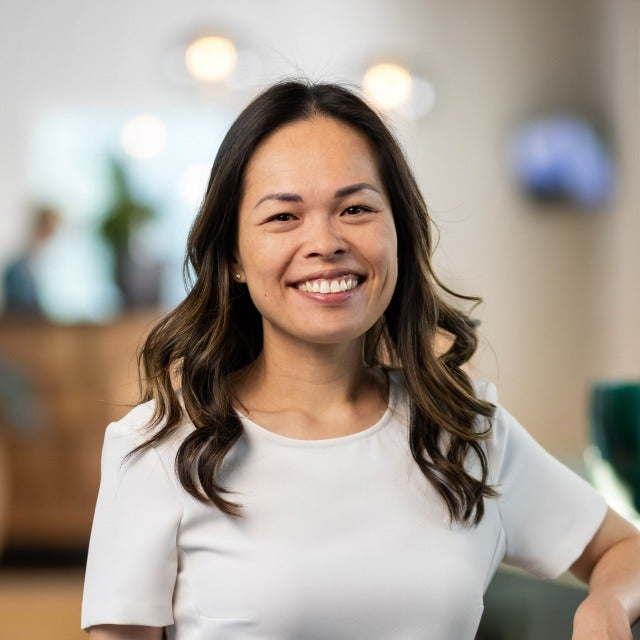VU Amsterdam has one of the most culturally diverse student populations of the Netherlands. However, the cultural diversity among staff lags far behind. This gap implies that managerial positions pay less attention to valuable perspectives and that students who are migrants of a child of migrant have less role models at VU Amsterdam. Additionally, it seems that the university does not yet recognize and acknowledge all talent.
To have the cultural diversity among our staff reflect the cultural diversity among our students and to show appreciation for all talent at VU Amsterdam, the DO developed the Colourful Staff Action Plan. This plan aims to increase the cultural diversity of our staff in all layers of the organisation. We do this by focusing on the recruitment process, the working environment and the recognition process of staff members who are migrants or a child of migrants.

